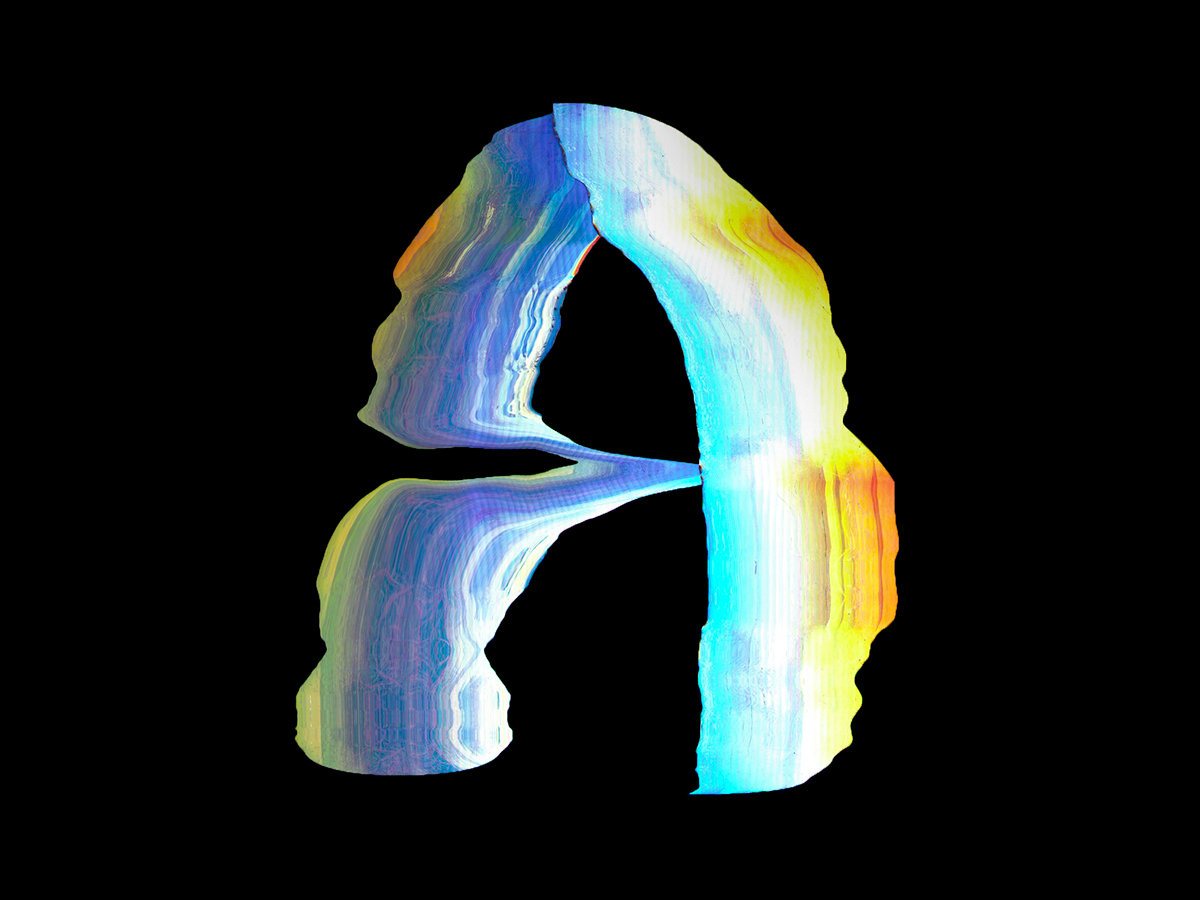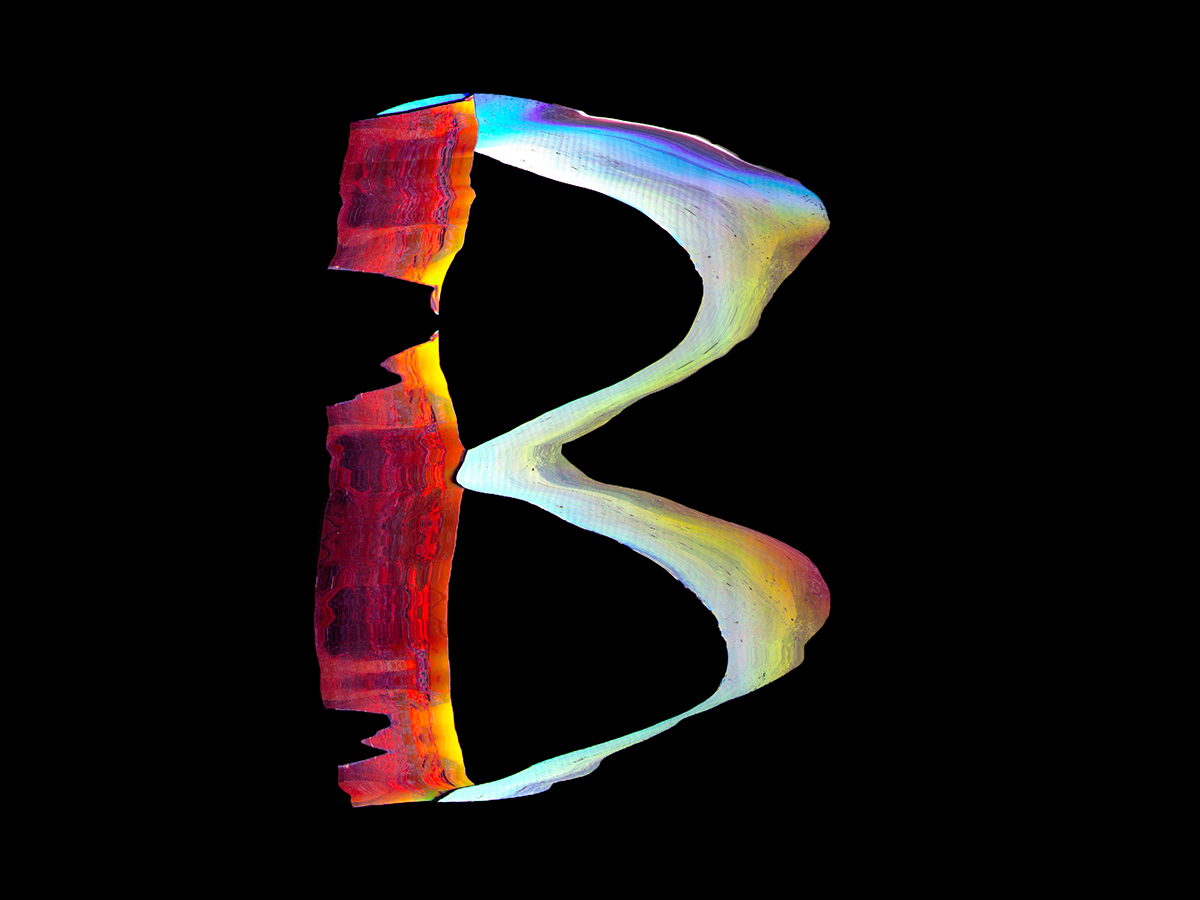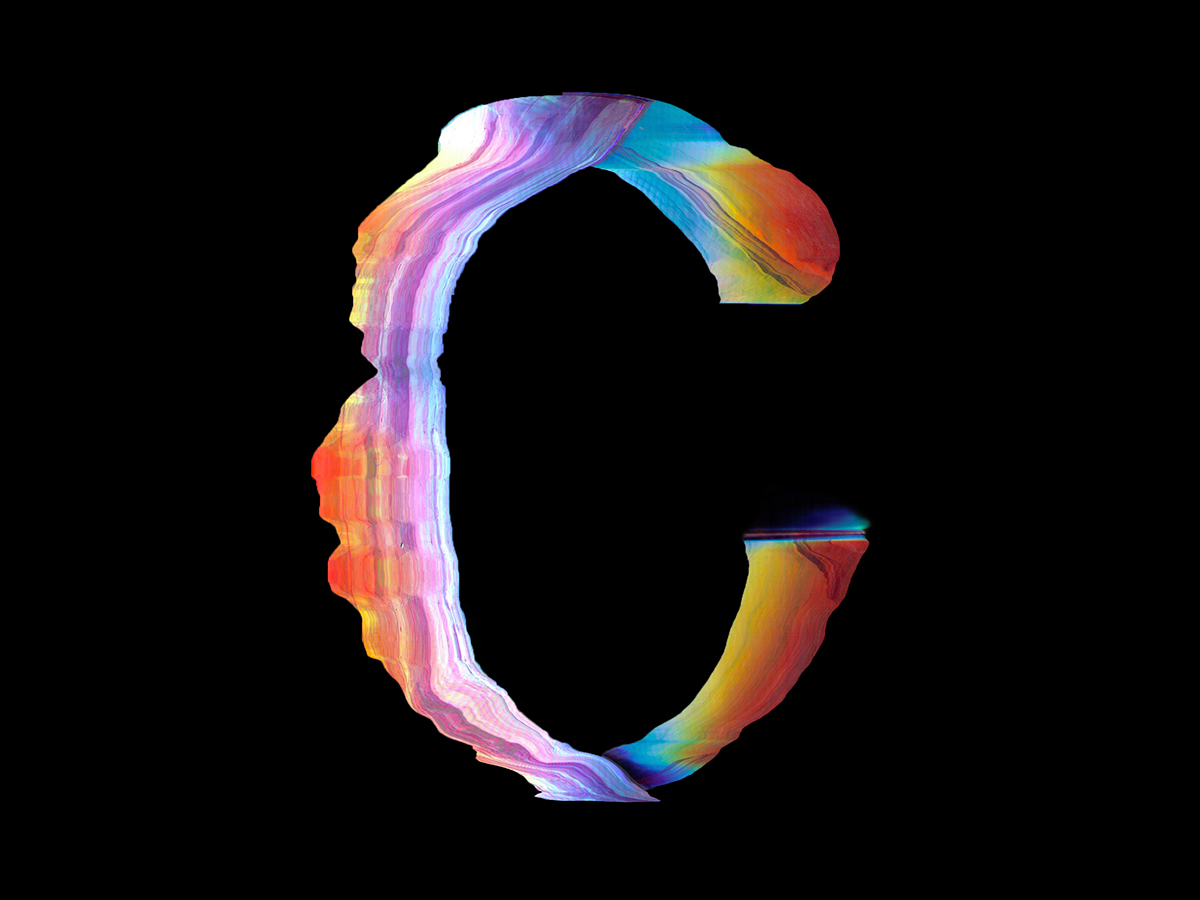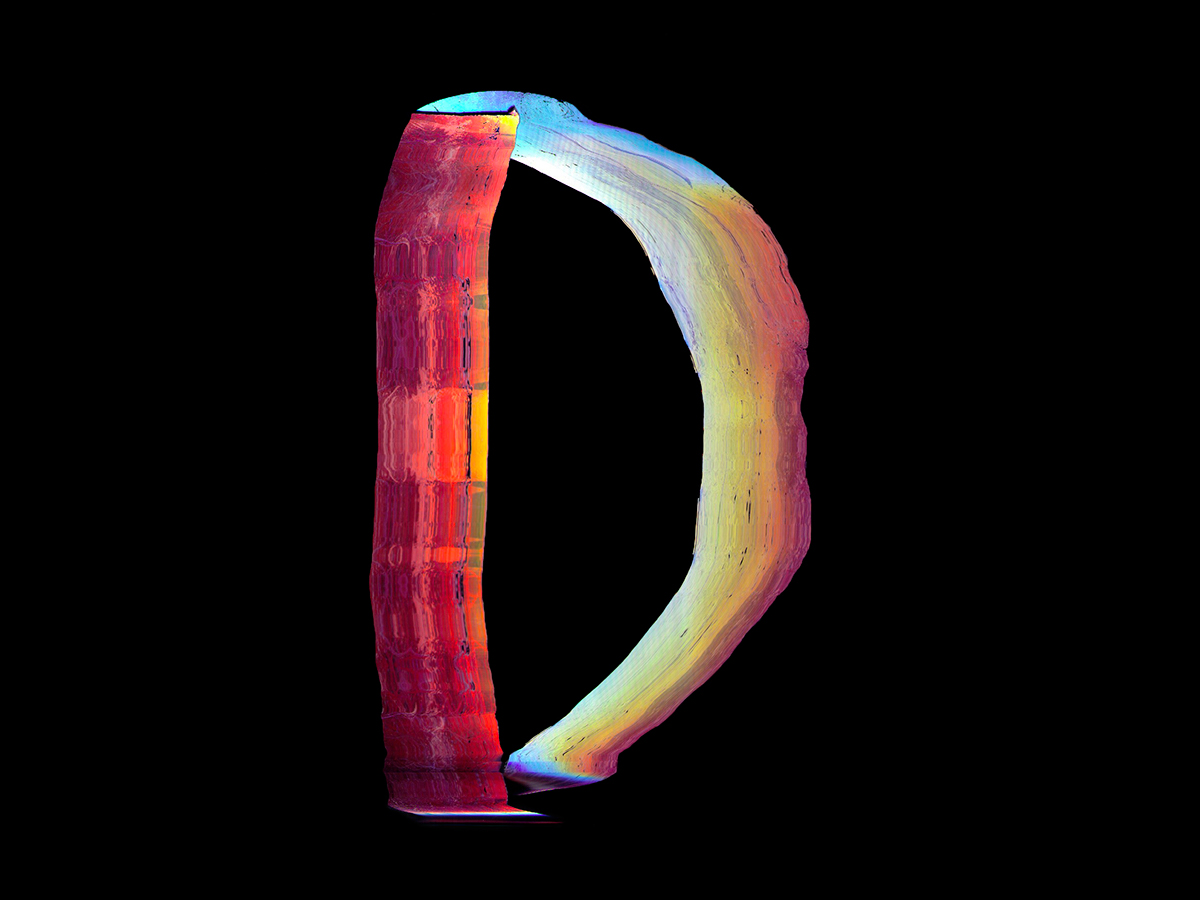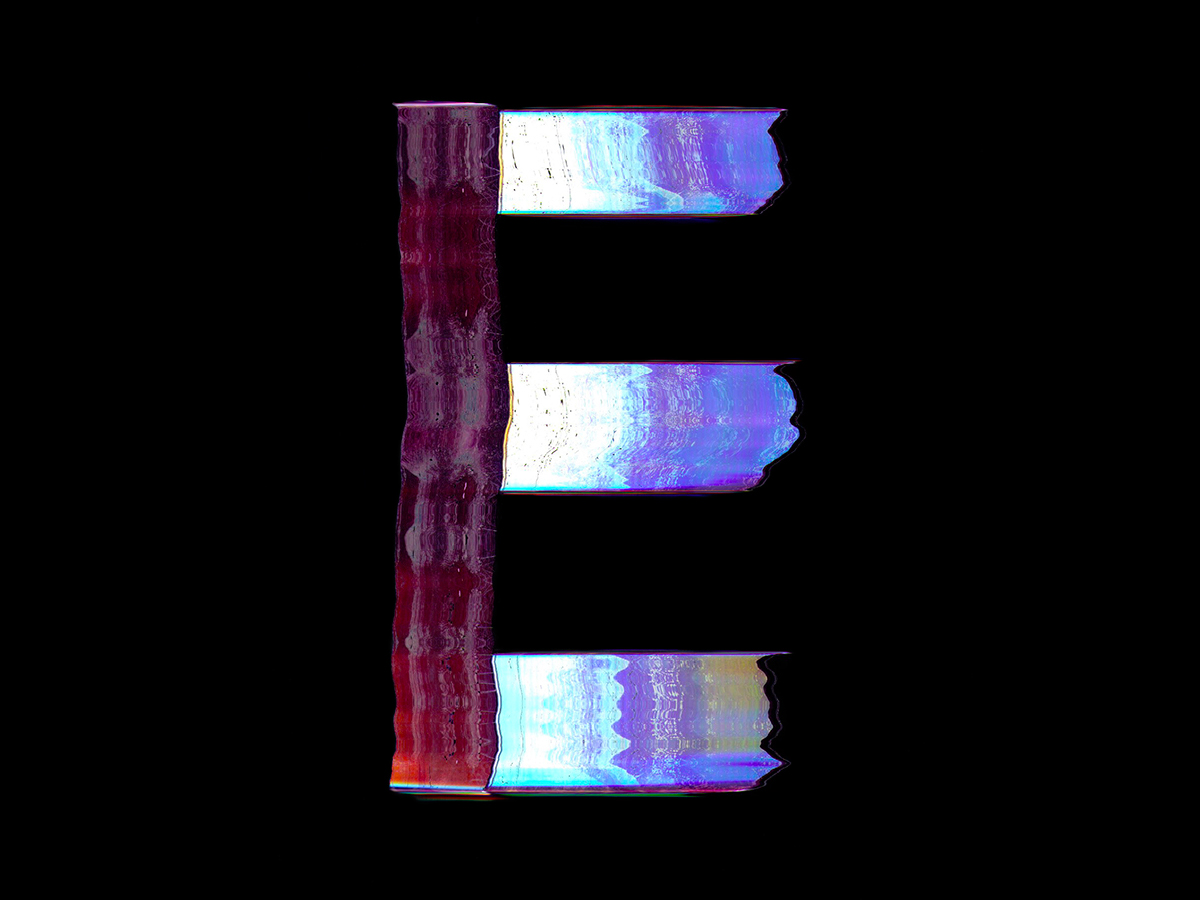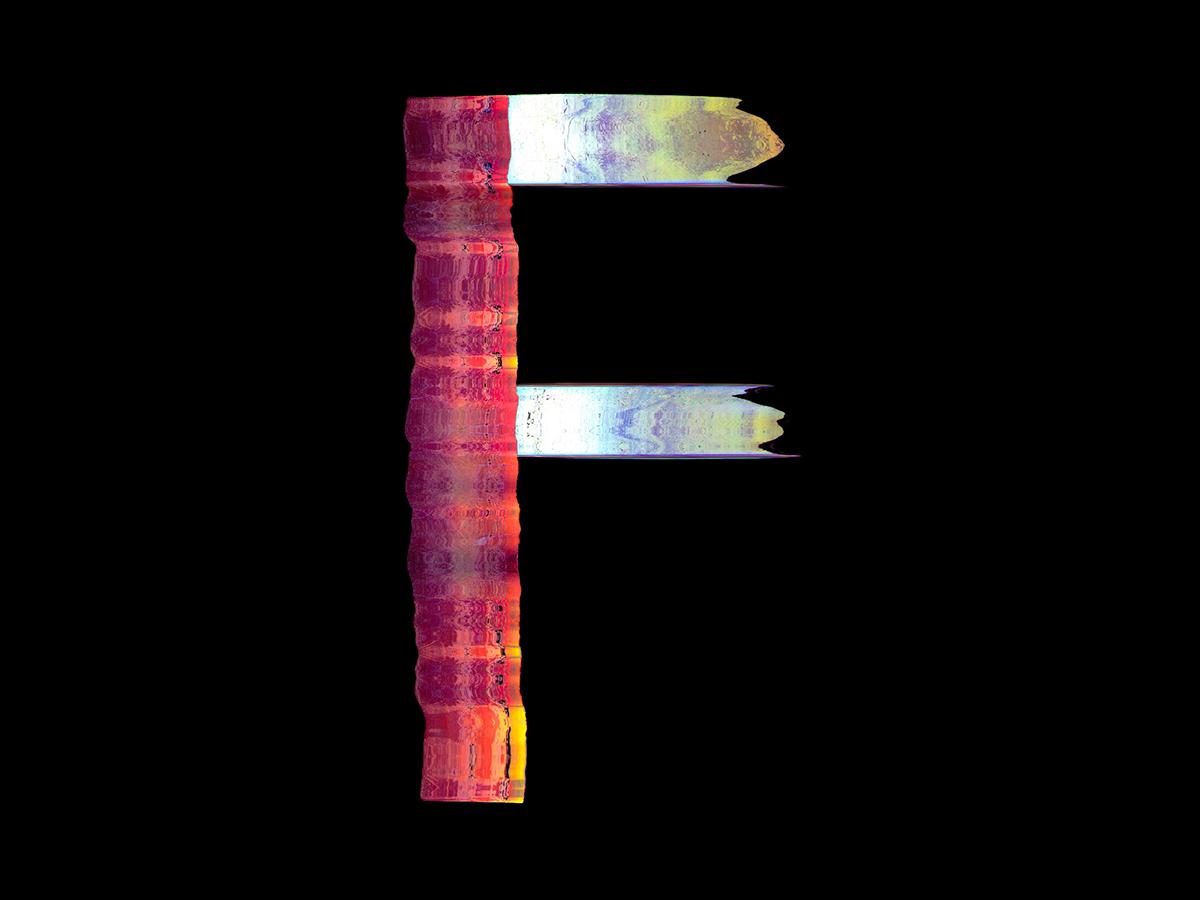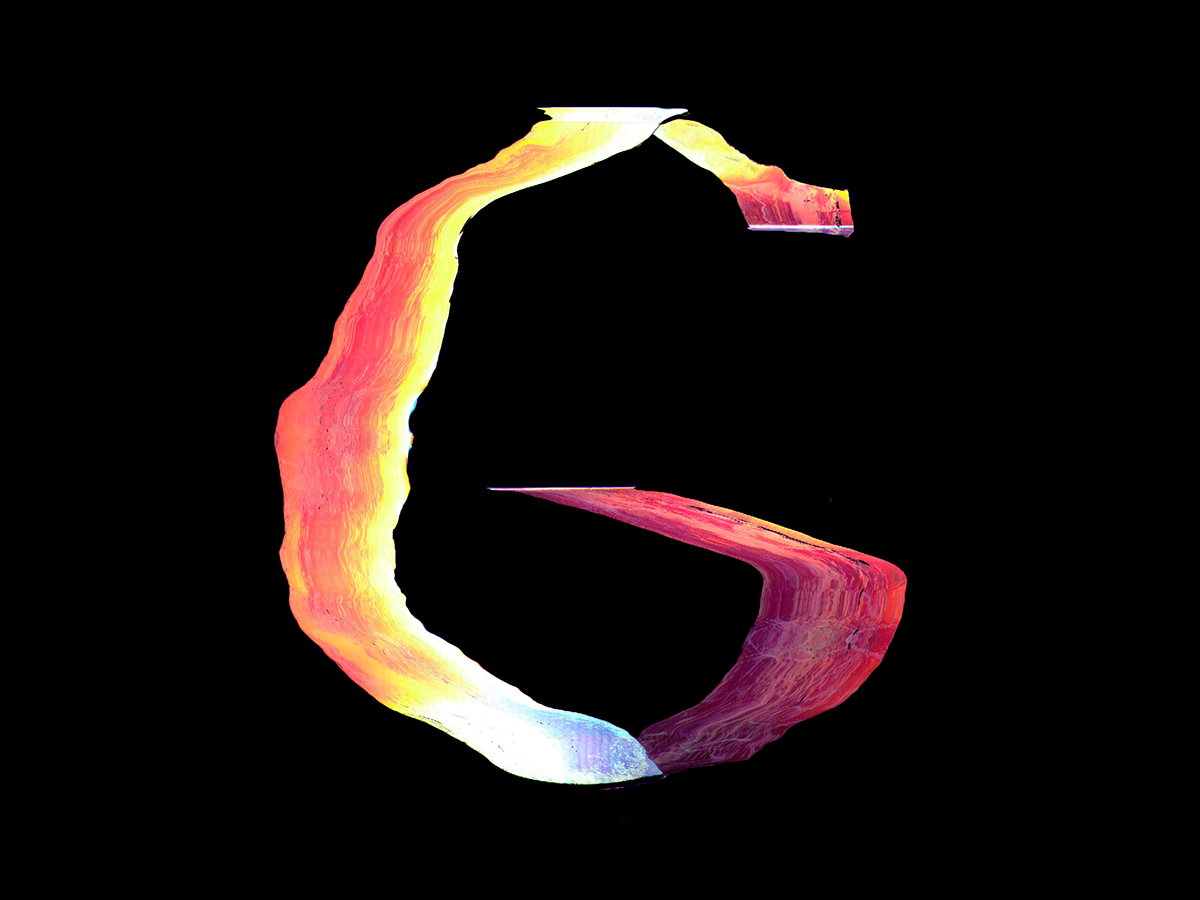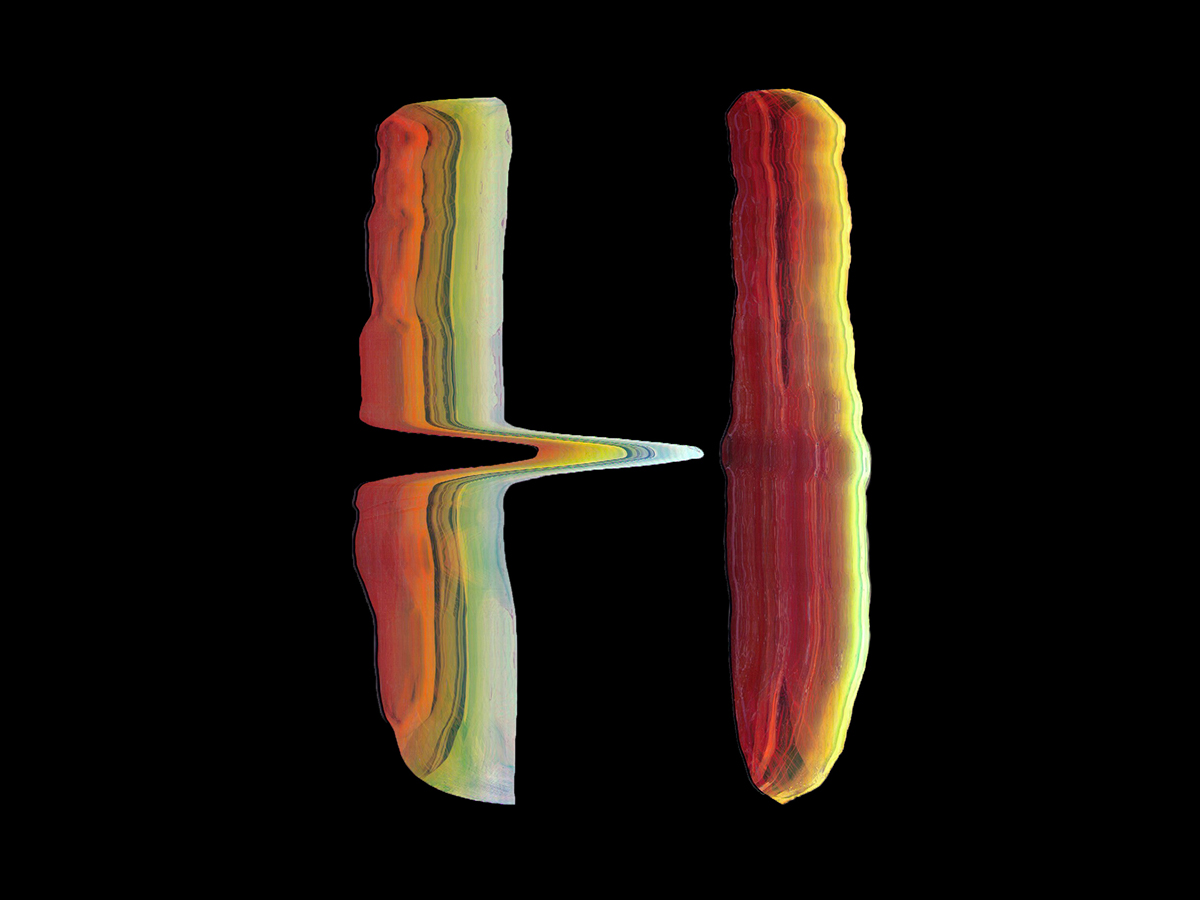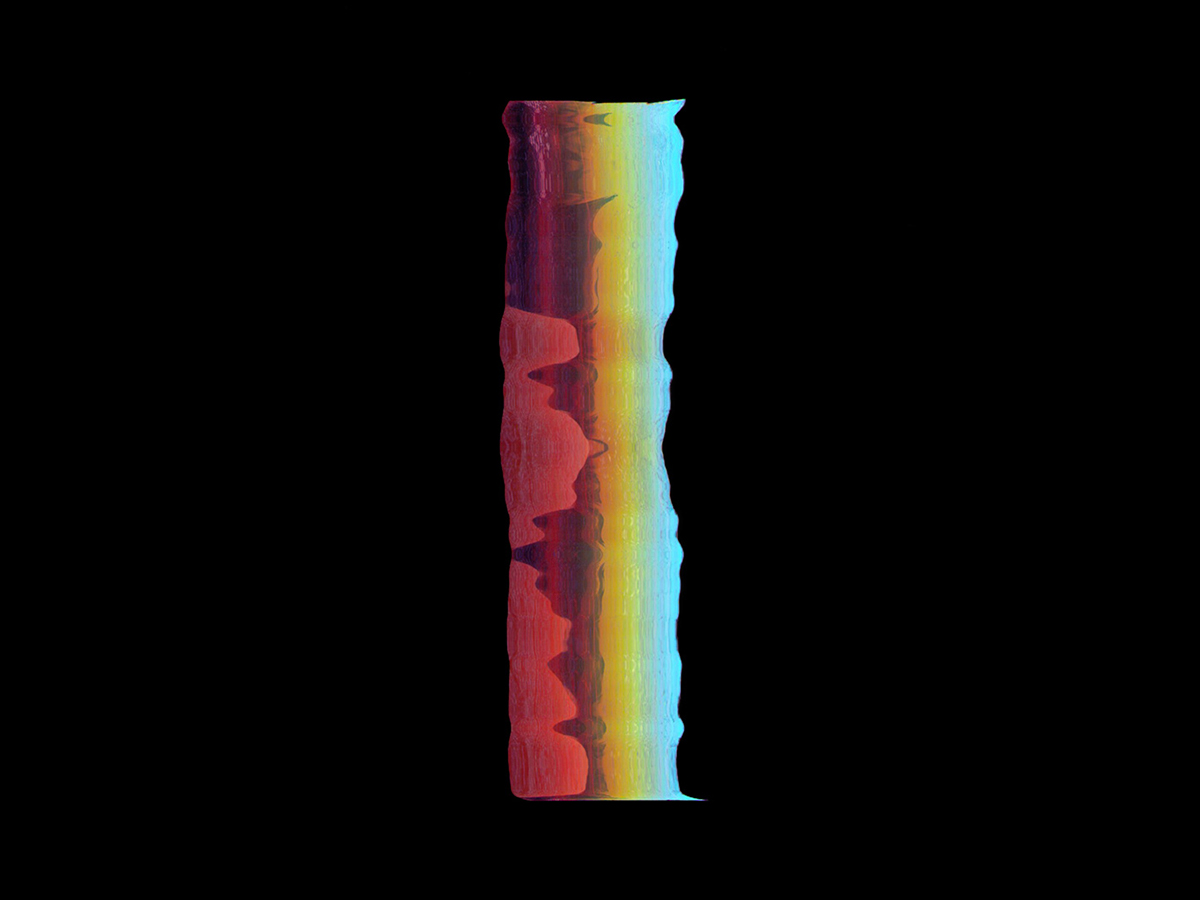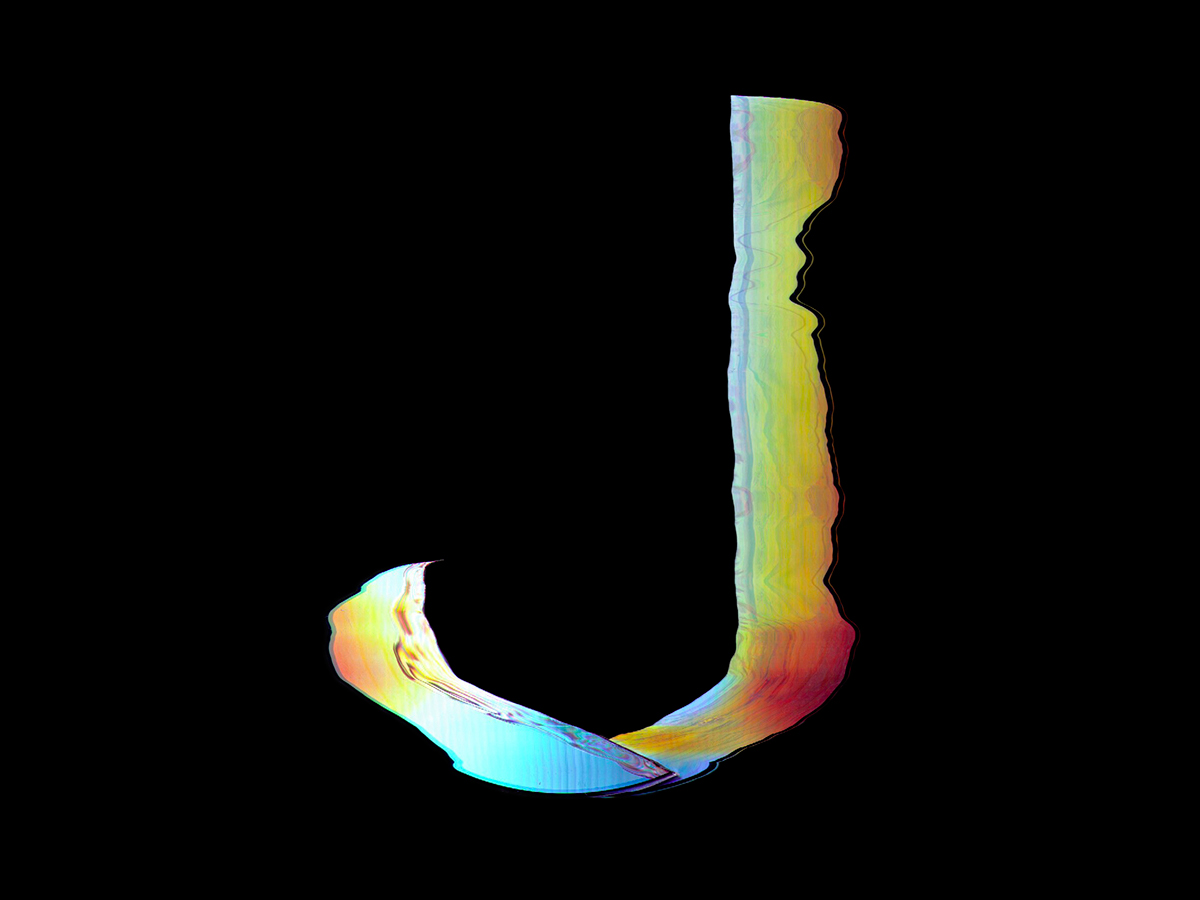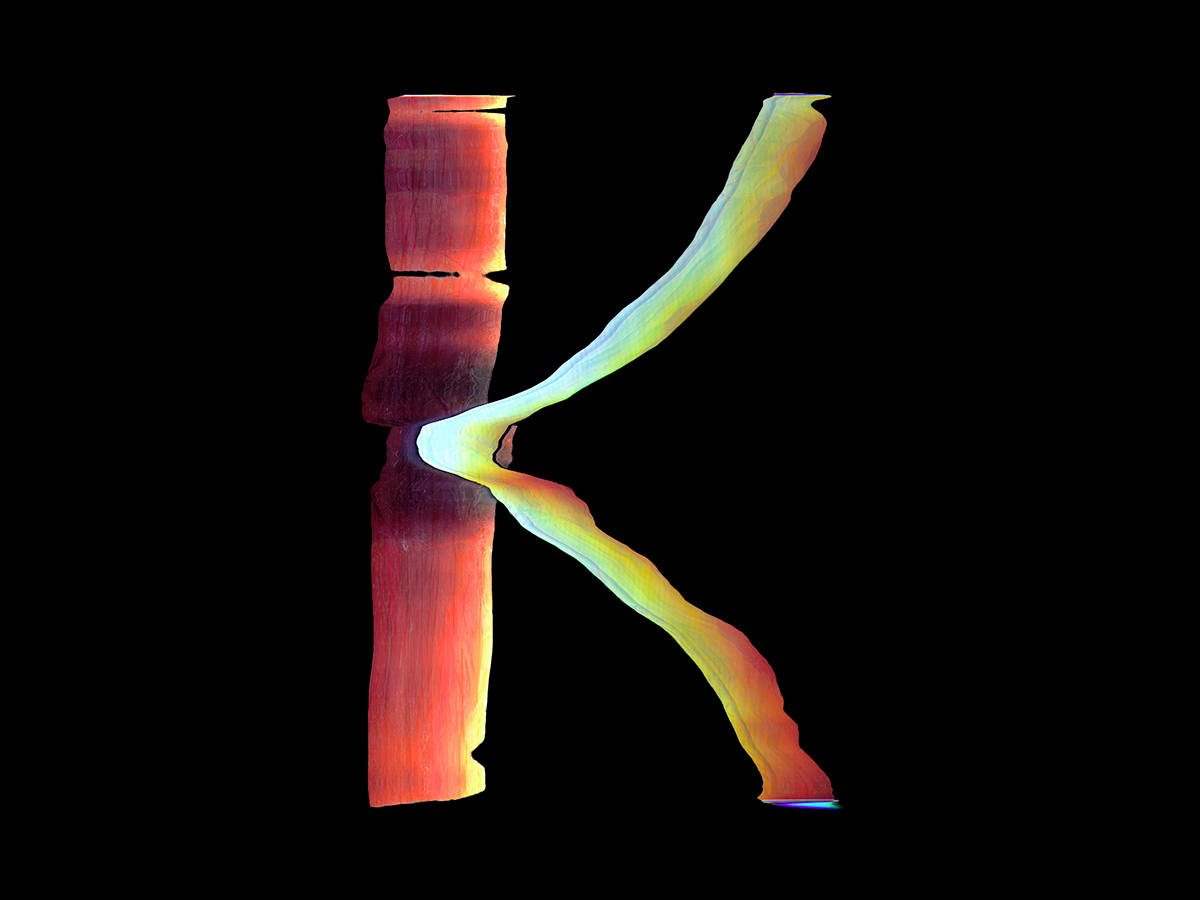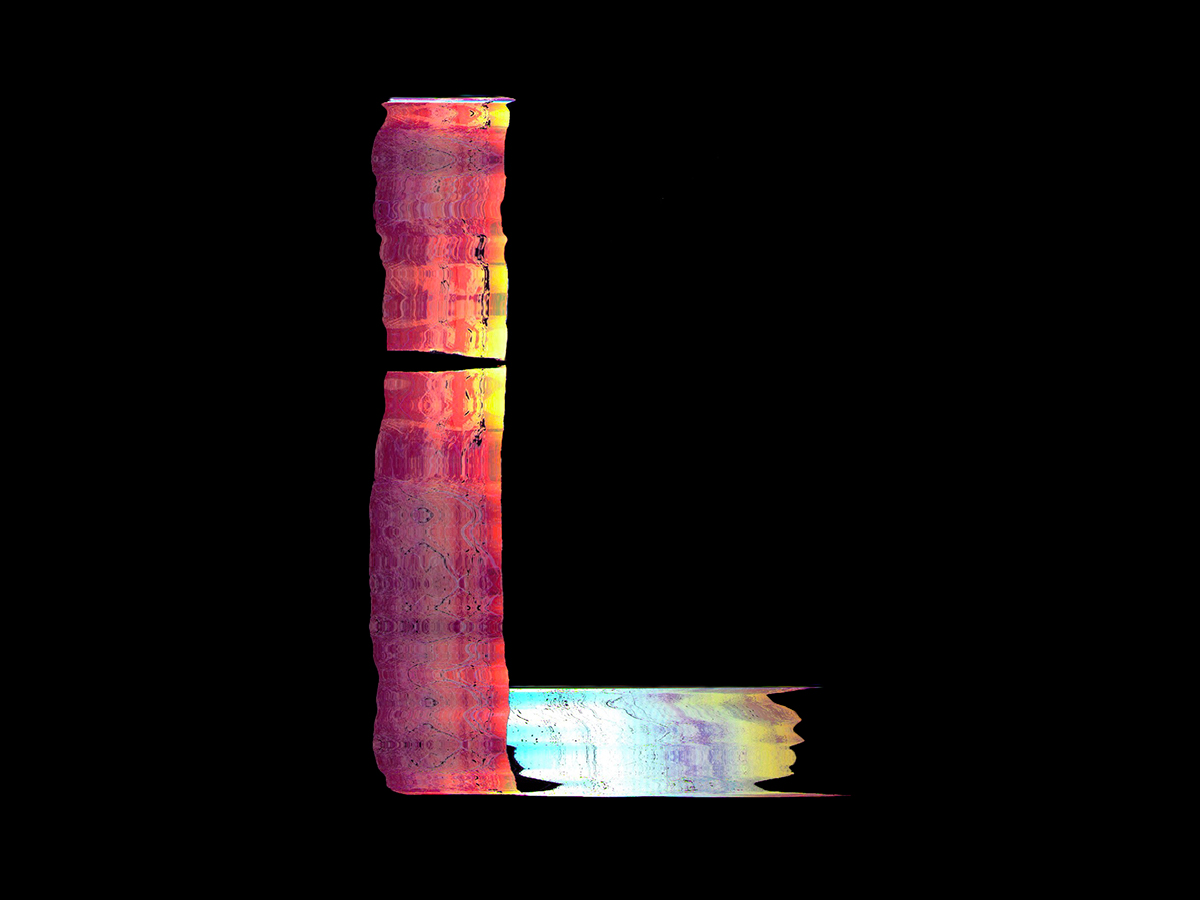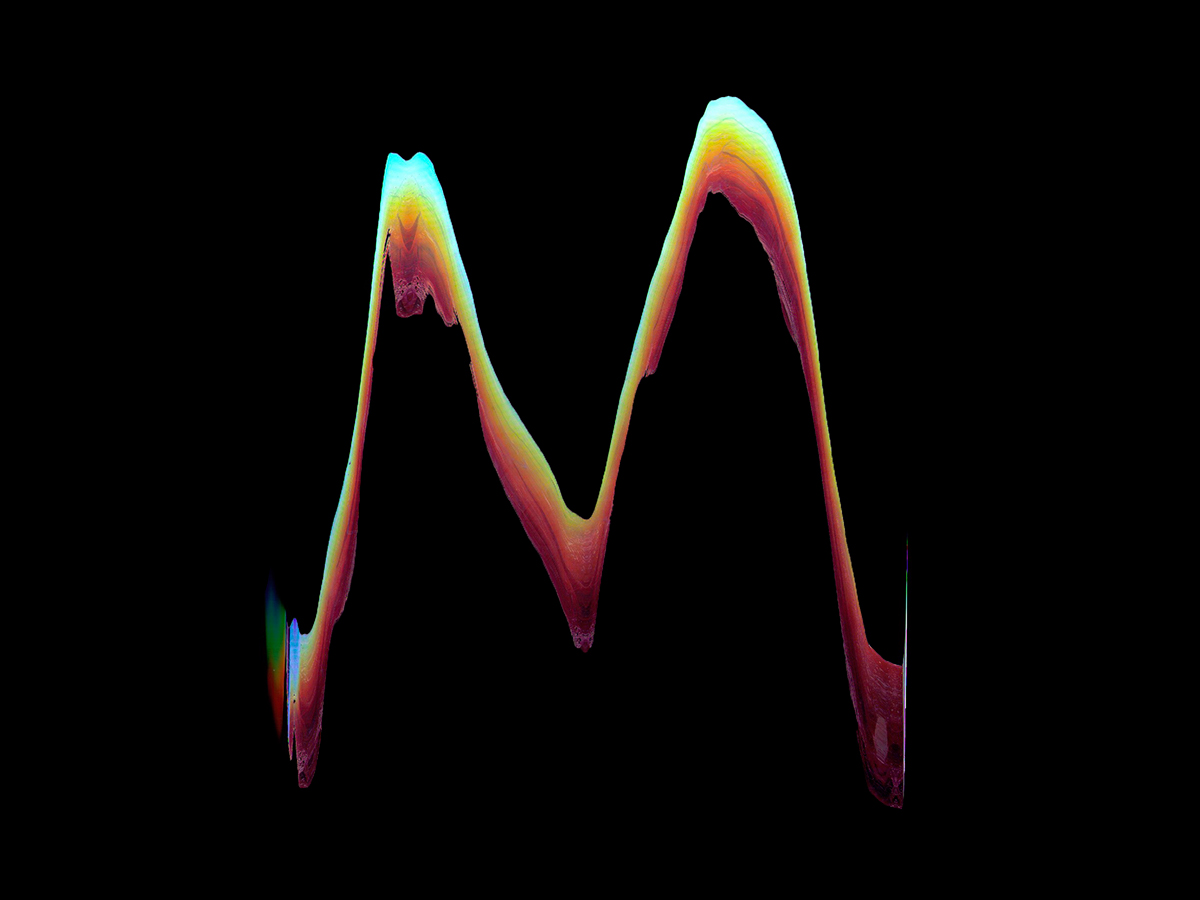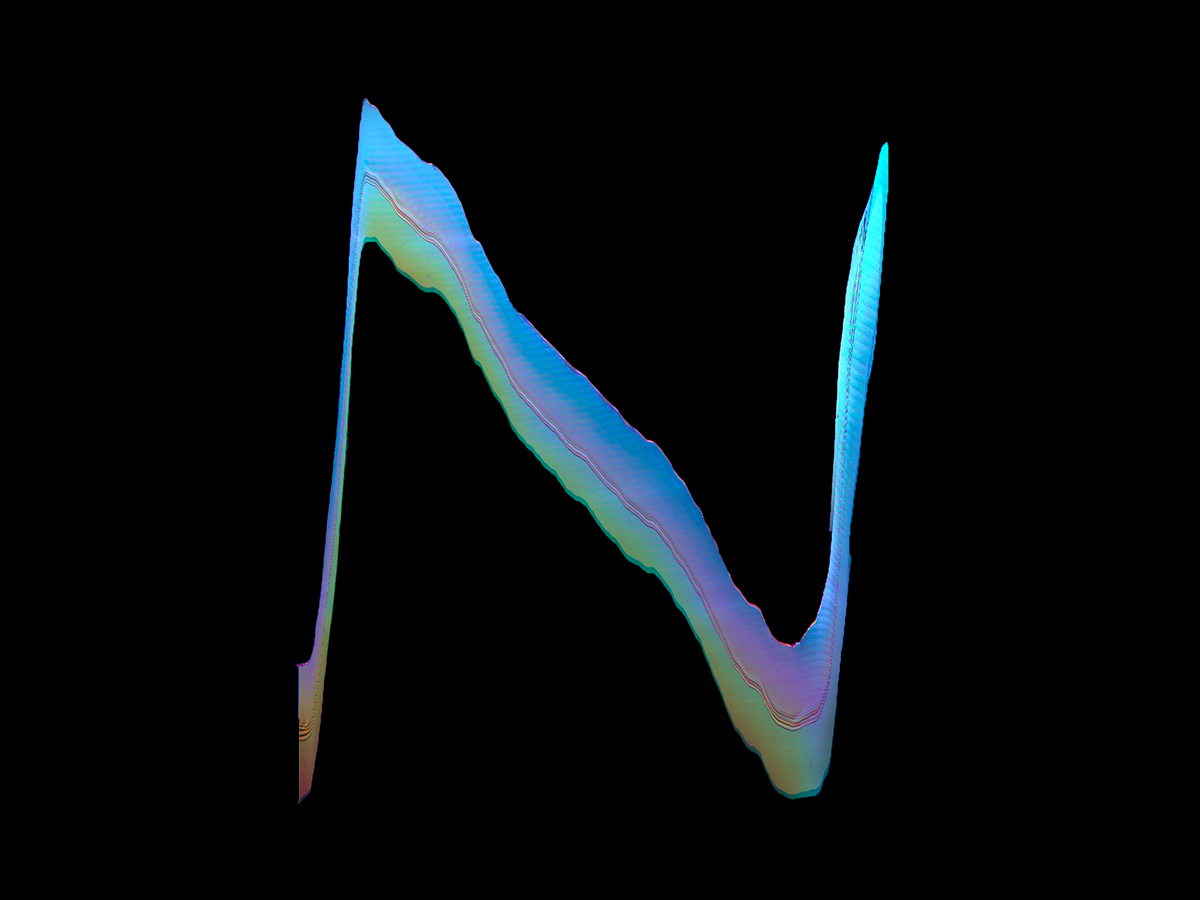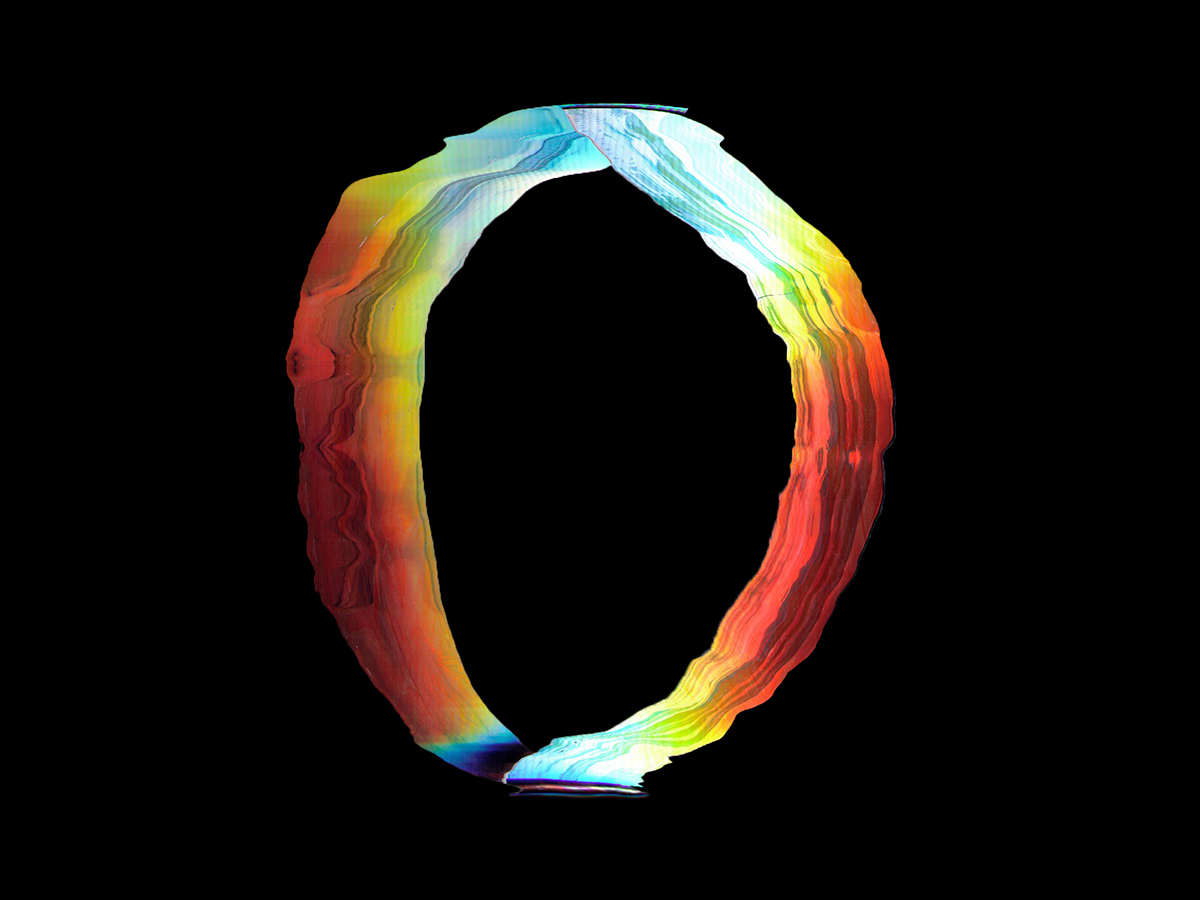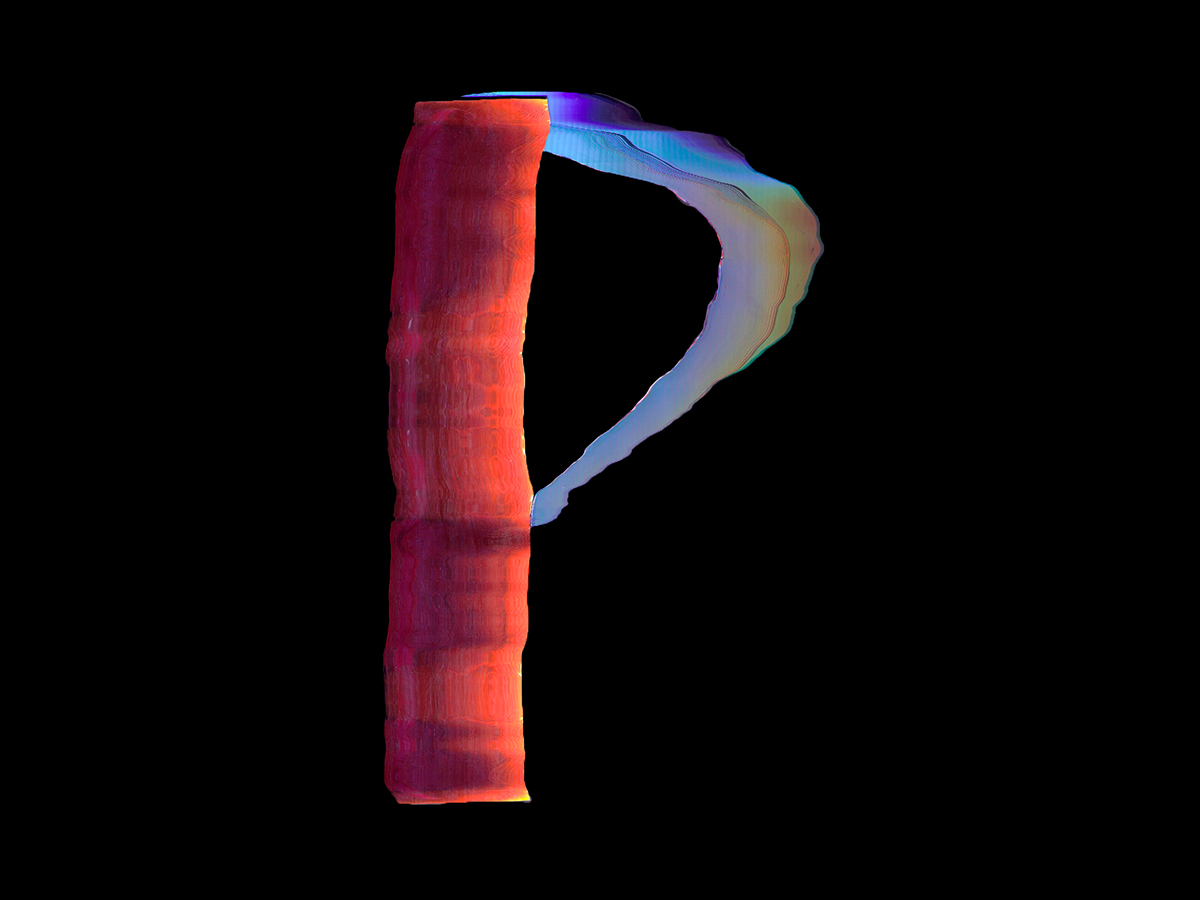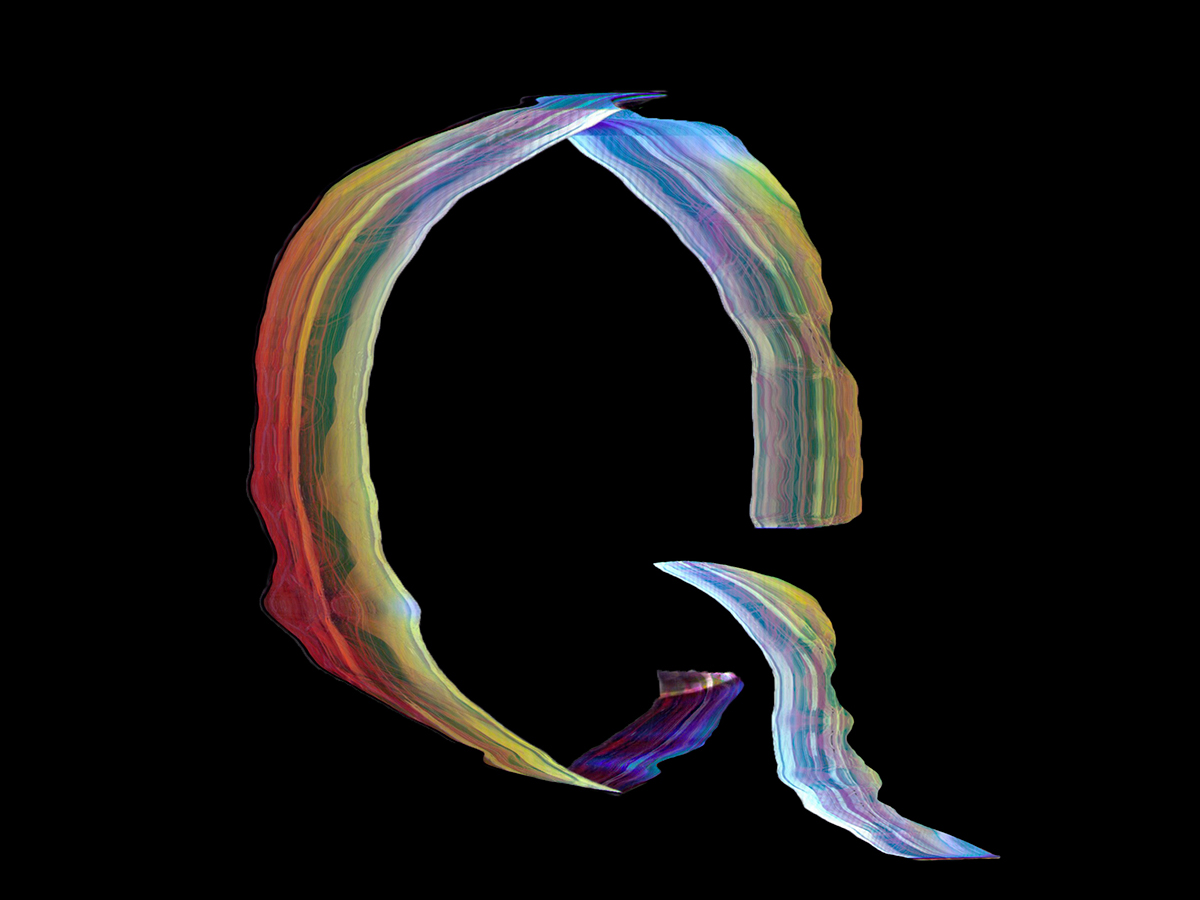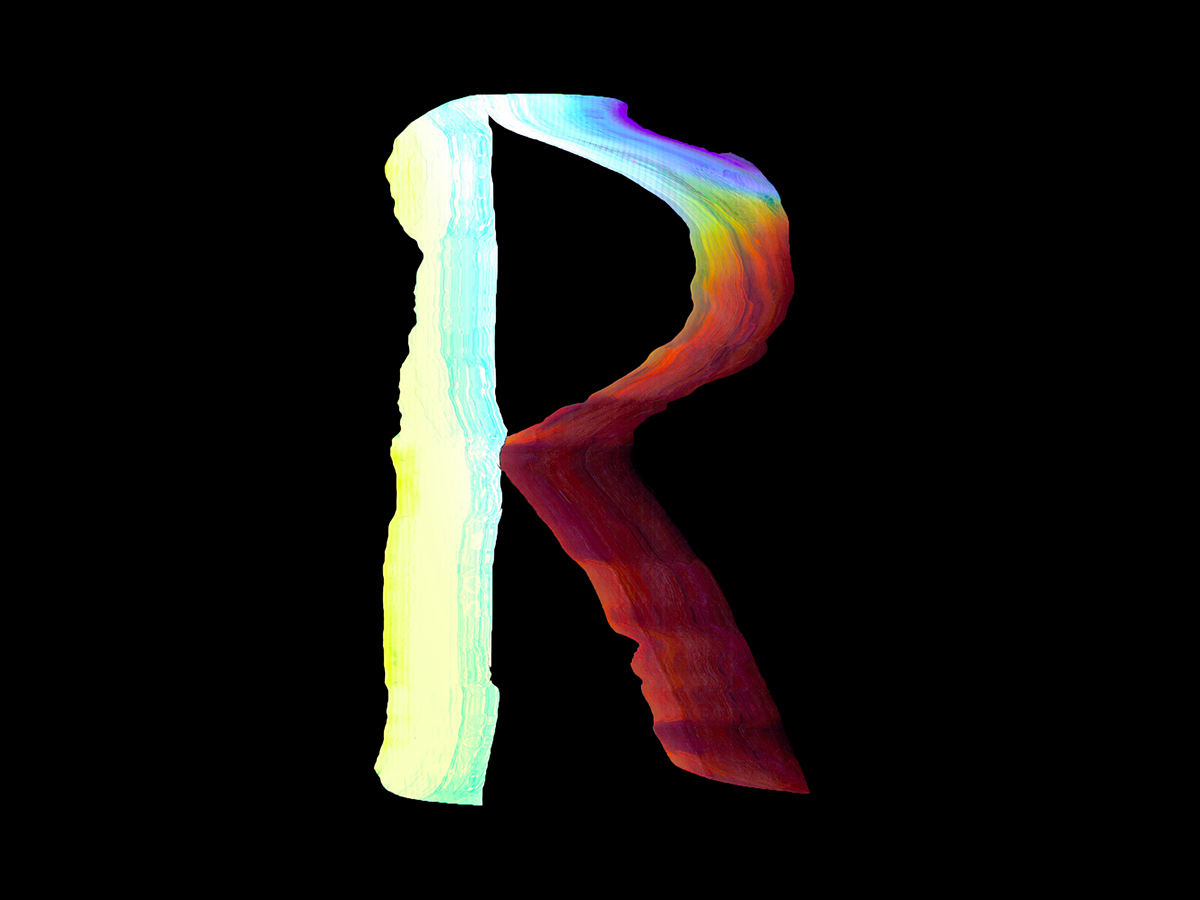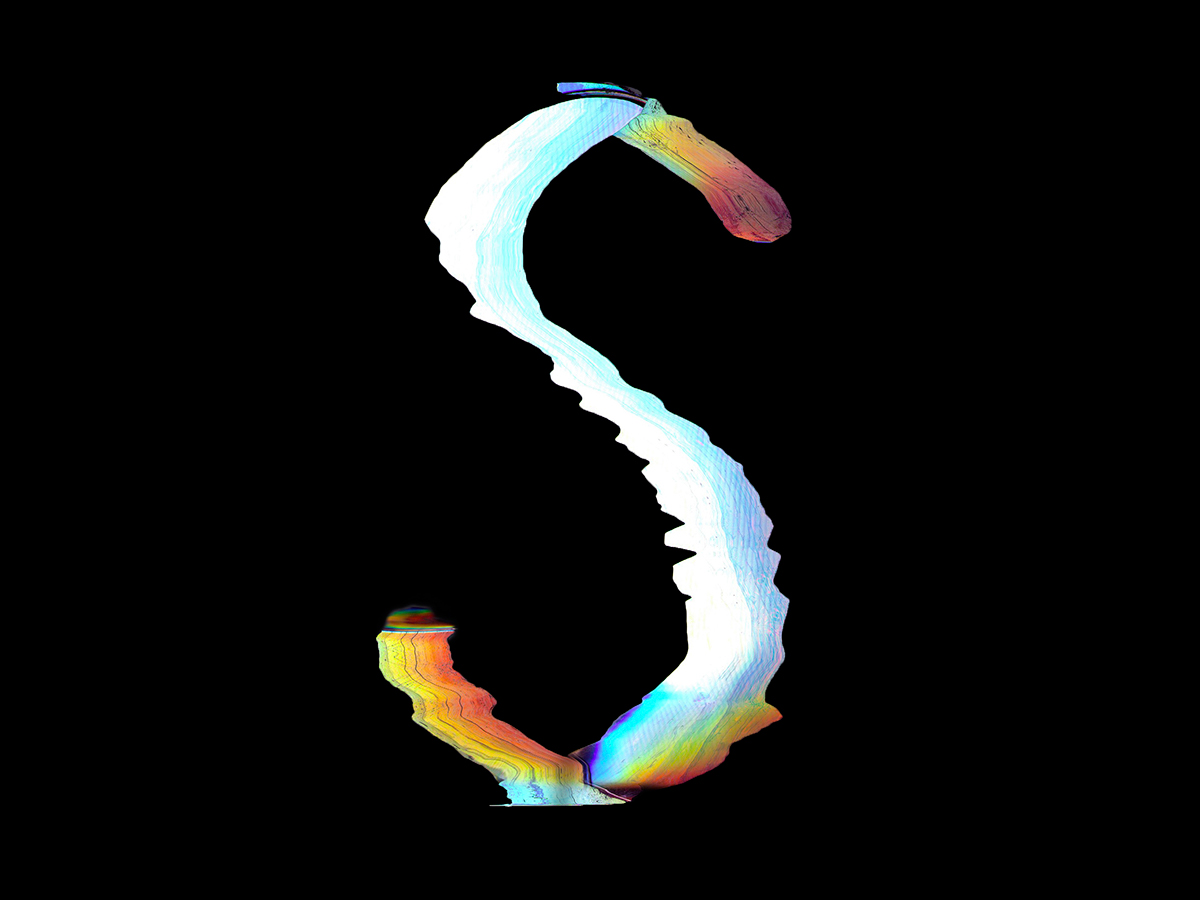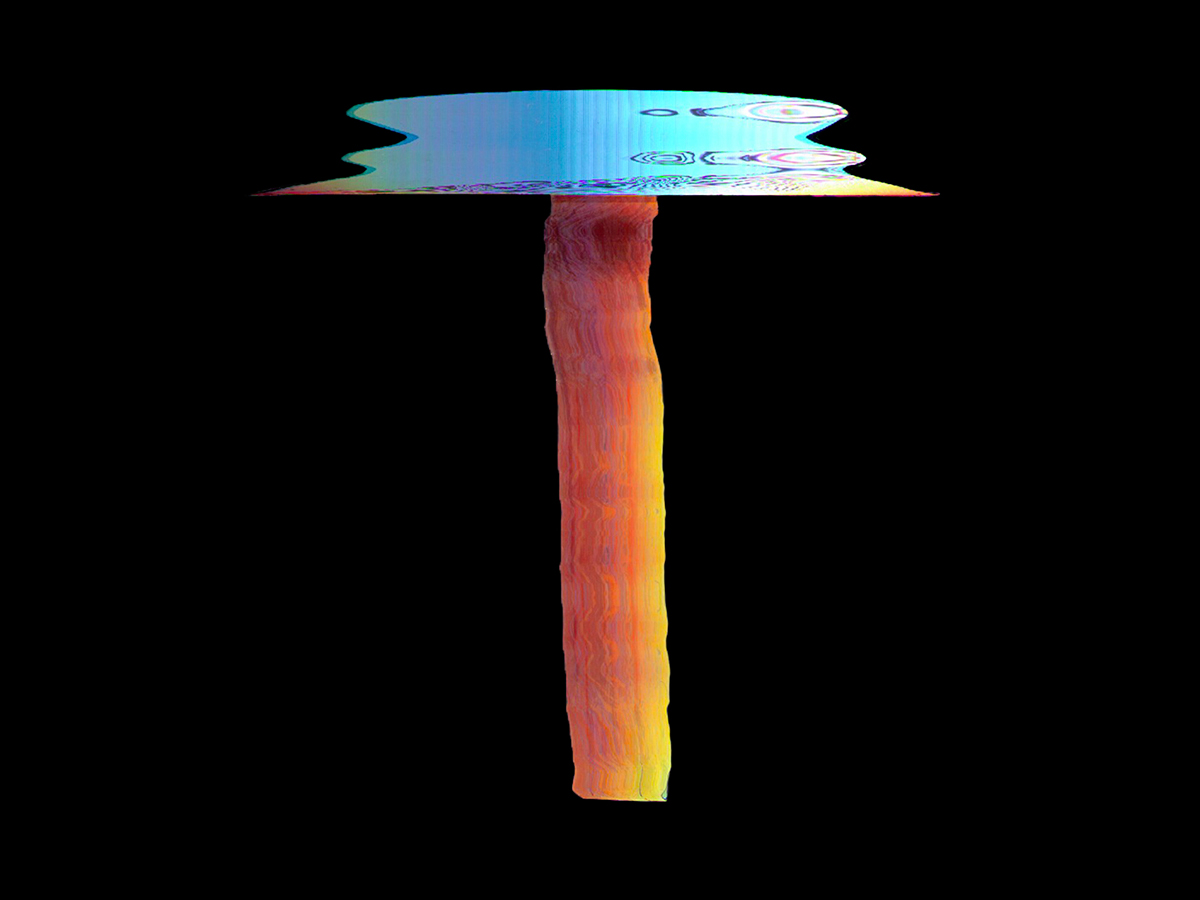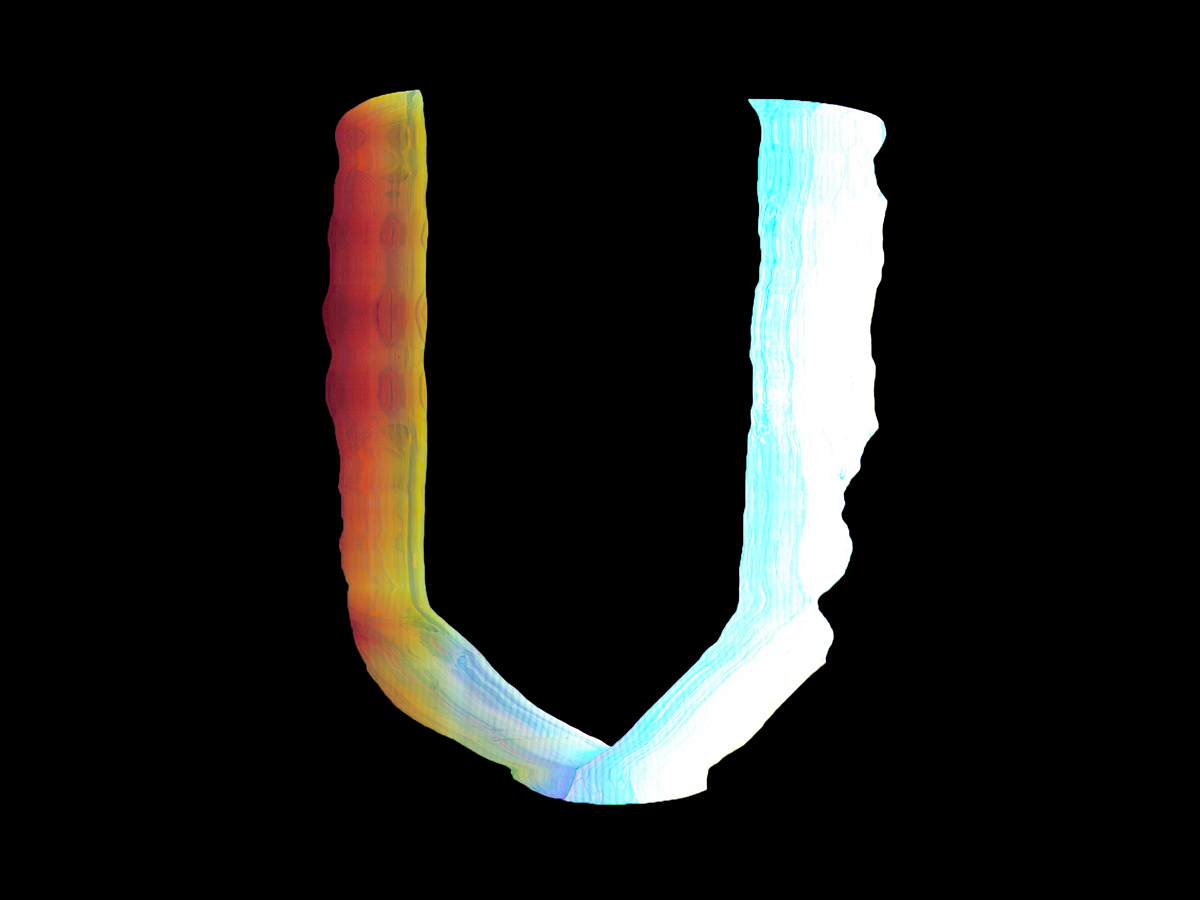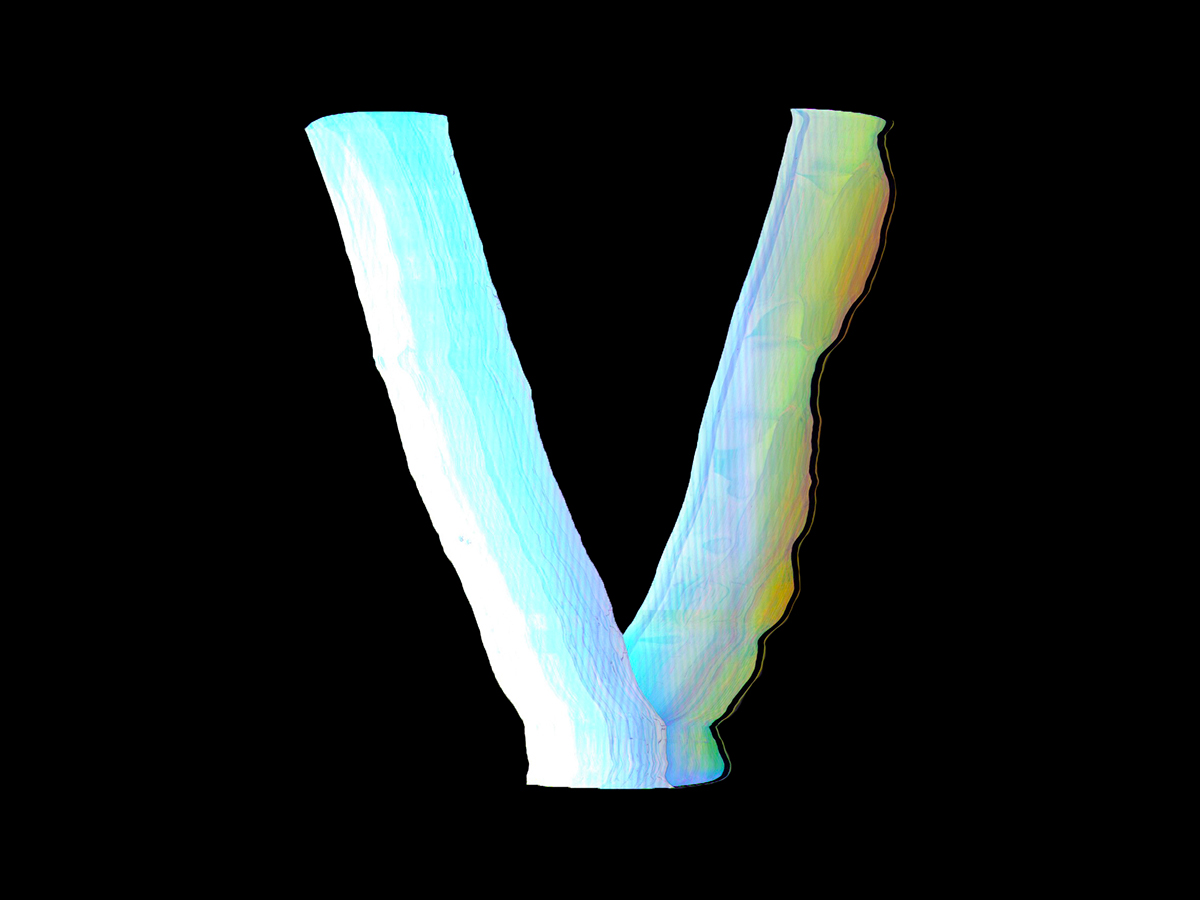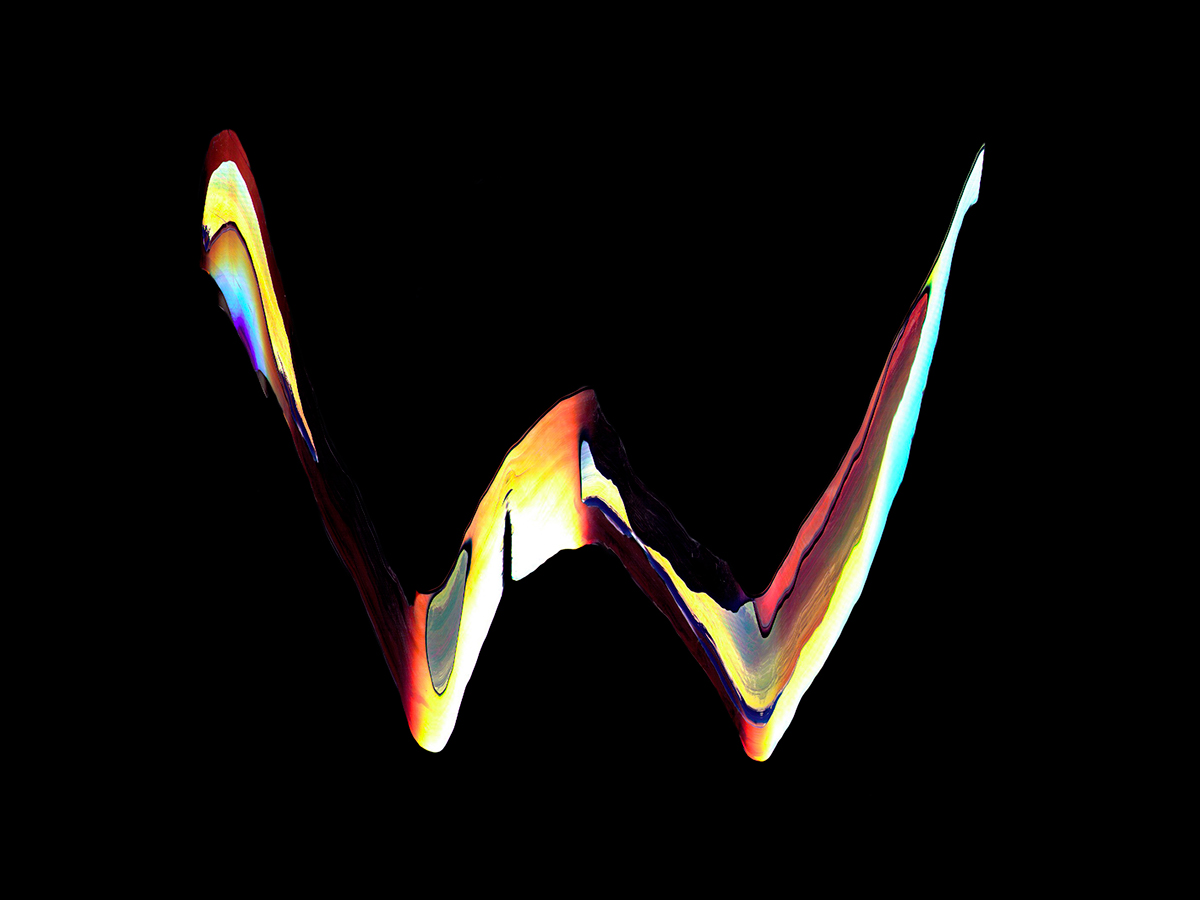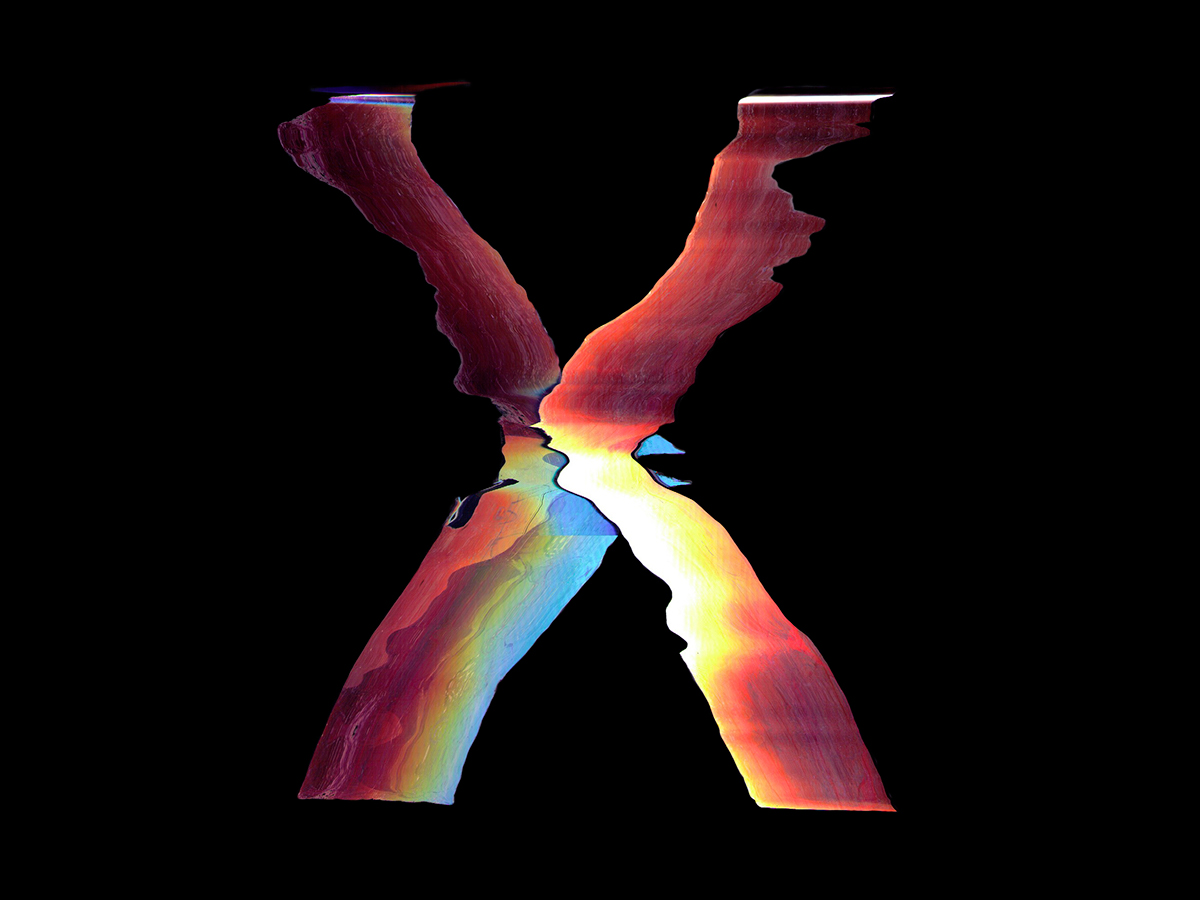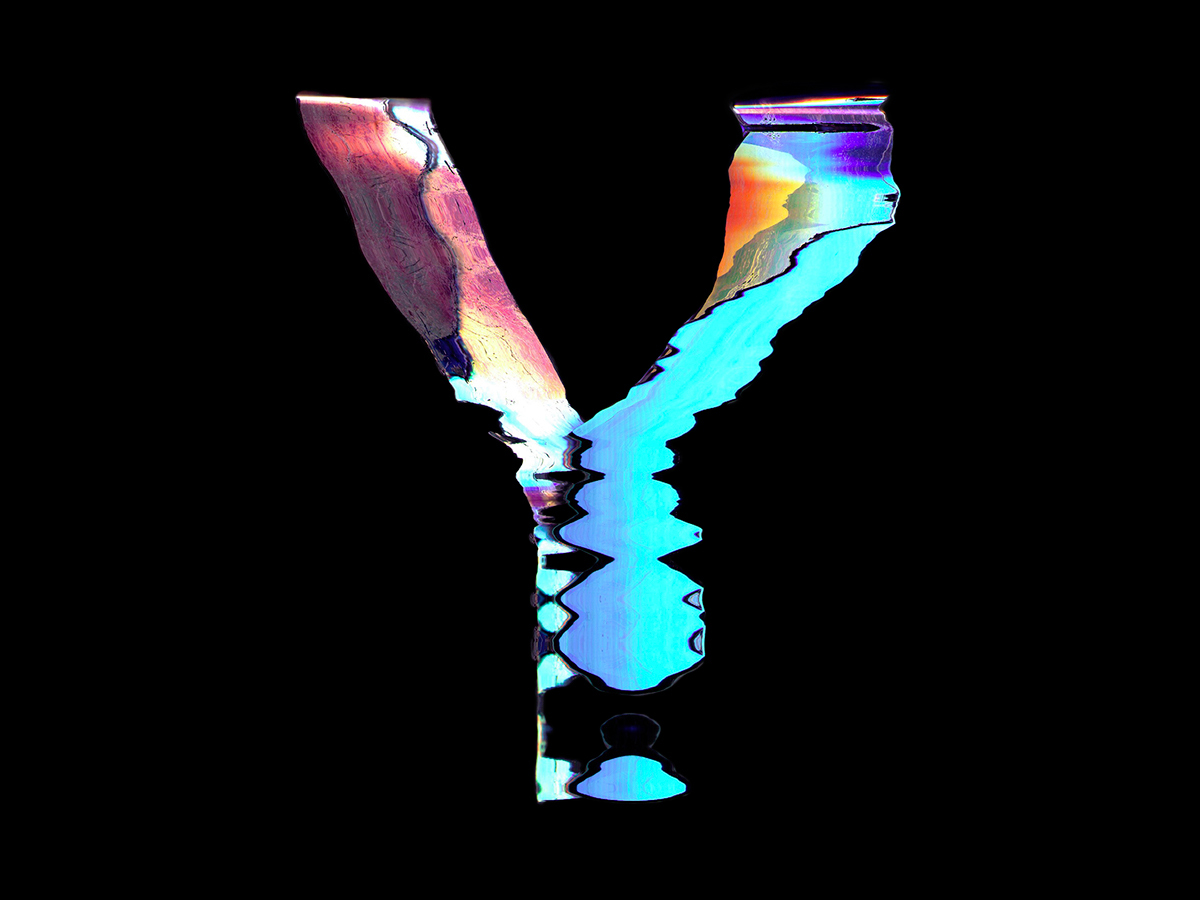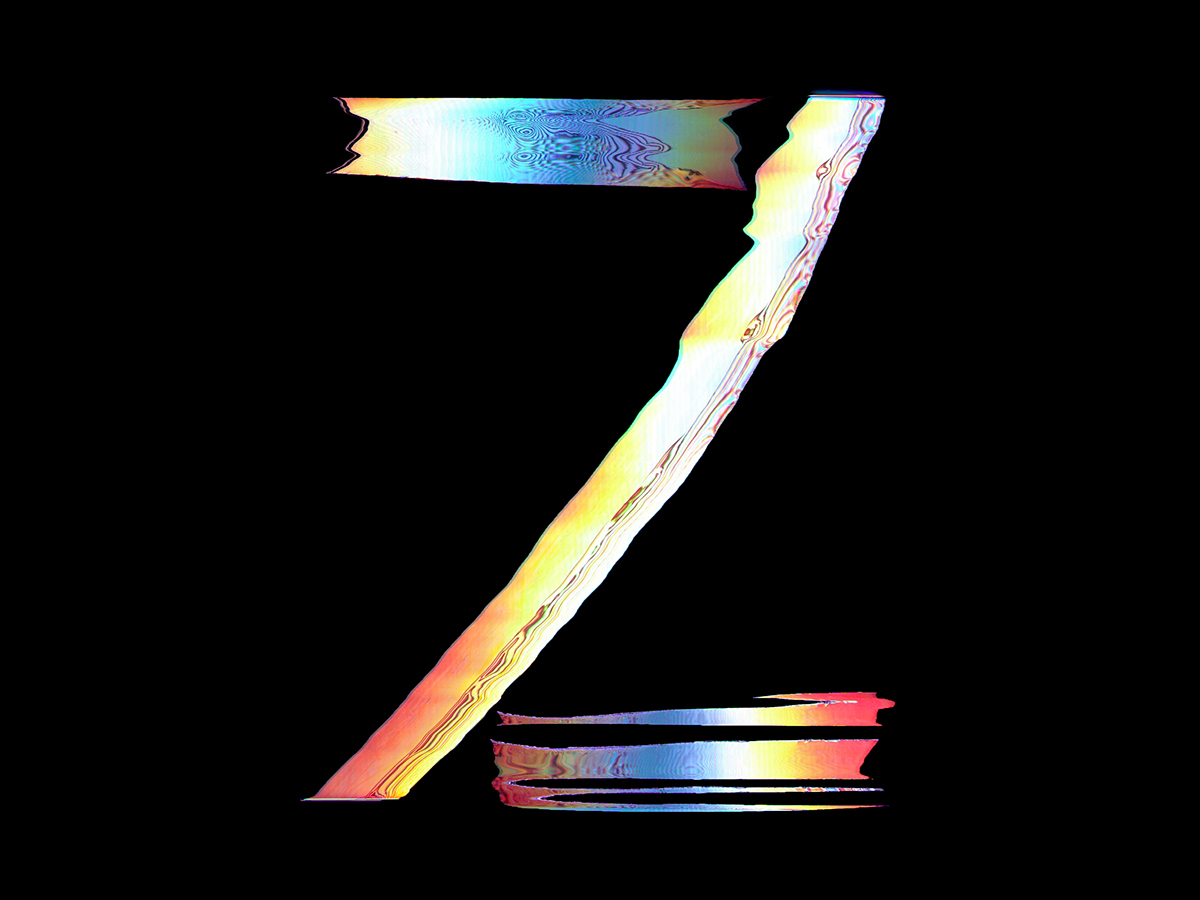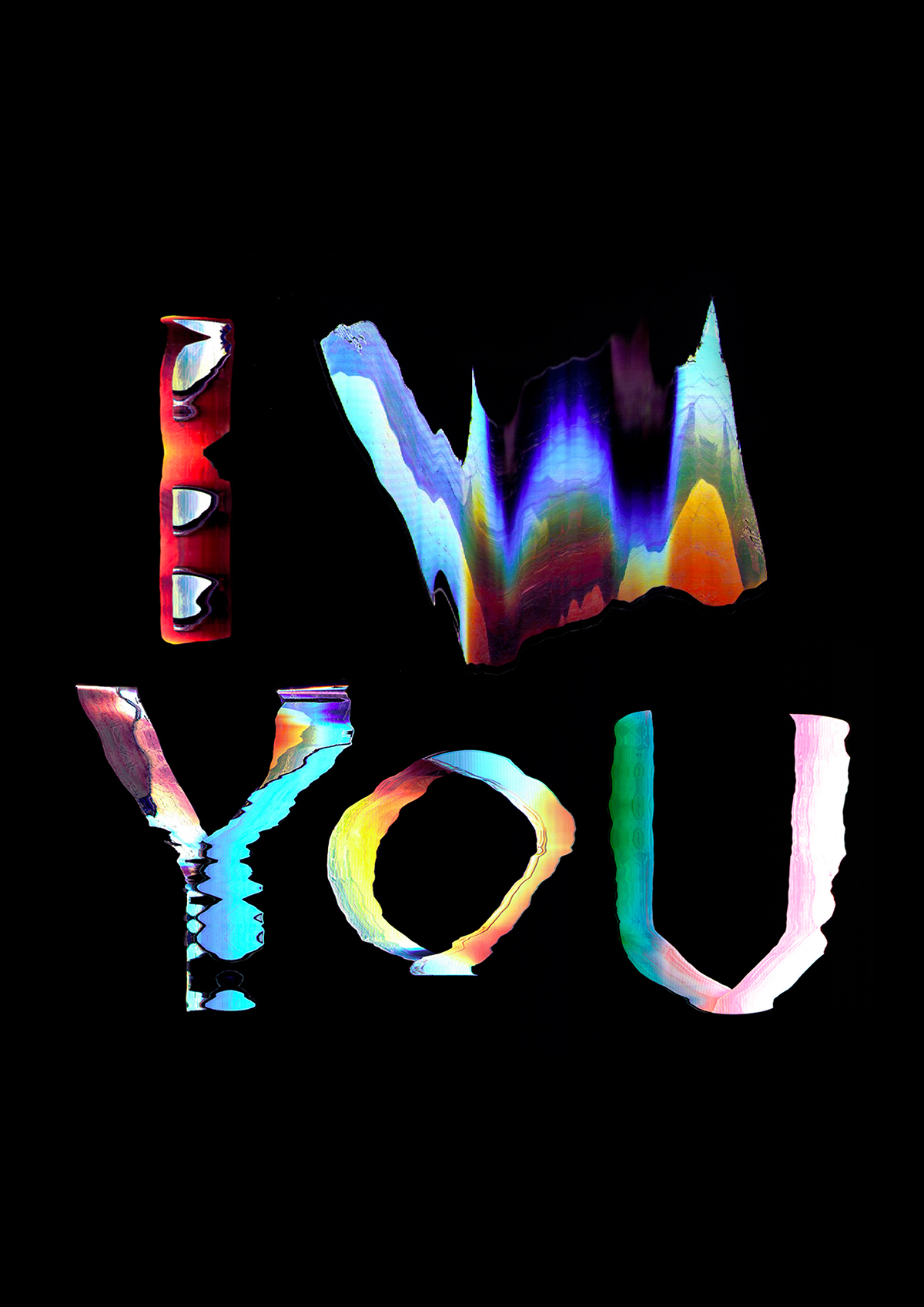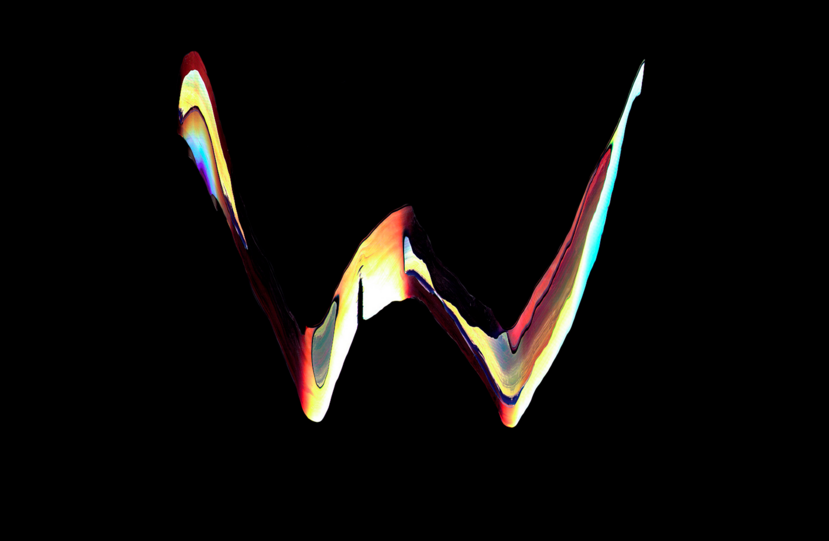As a student at Moholy-Nagy University of Art and Design, Hungarian Lilla Toth created an impressive series titled Scanned Calligraphy, based on the research and studies she did on the oeuvre of László Moholy-Nagy. With the use of simple means: a scanner and everyday household items, beautiful abstract images were born that reflect the digital era we live in.
The series was created with Toth’s personal interpretation of the technical possibilities of our age; it recalls the calligraphic gestures of abstract expressionism, but most importantly builds upon the concept of the post-digital period.
Toth used several scanners of different quality and resolution, and by moving the object placed on the glass she was able, so to say, hack the output thus creating digital glitches. The image is created with a reflection process, with illumination from below the glass pane with the use of reflected light. Using common, everyday materials which are transparent and sparkling that reflect light in different ways such as cellophane, aluminum foil, plastic, perspex, water, glass, and CD discs.
Toth sees glitches more as a trend in visual art, but rather as a perfect symbol of the thinking characteristic of the post-digital era. The permanent digitization of our lives has led to a Rousseauian “back to the natural” attitude: distancing ourselves from perfection, moving towards the discovery of the beauty of failure and its intentional creation, that is the humanization of the digital. A failure made intentionally is not real, no more than the simulation of conscious gestures pretending to be failures, Toth explains.
